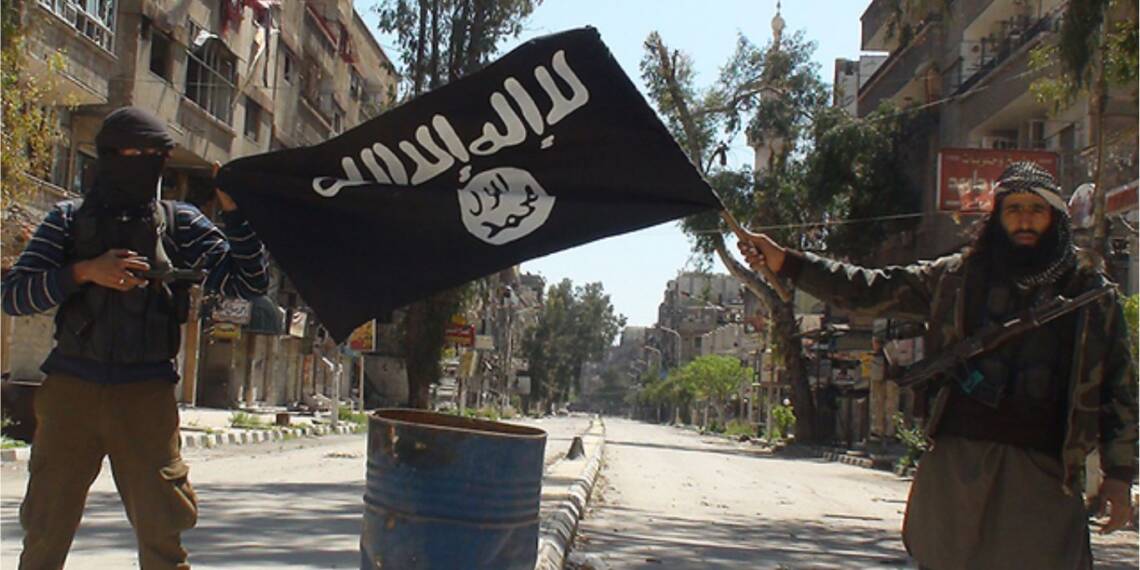Two war monitors, SITE and the Syrian Observatory for Human Rights (SOHR), in West Asia have reported a resurgence of the Islamic State (IS) Group in Syria. On Thursday, May 30, IS claimed its first attack on Syria’s new government forces since the fall of longtime Syrian president Bashar al-Assad. According to the statement of SITE Intelligence Group, IS said it had planted an “explosive device” on a Syrian forces’ vehicle in the southern province of Sweida.
According to SITE and SOHR, it was the first IS-claimed attack on Syria’s new government. Further, SOHR said that one person was killed and three members of the Syrian army’s 70th division were injured when a patrol was hit by a remote-control landmine on Wednesday. The same report says the man killed was accompanying the Syrian government forces in the desert area.
IS used to control a vast area of land in Syria and Iraq. However, IS was territorially defeated in Syria in 2019. the efforts of Kurdish-led forces supported by an international coalition able to decimate IS in Syria and Iraq. Presence of a large desert and arid geographical climate has helped the IS to maintain its presence in those areas.
Recently, an ex-leader of the al-Nusra Front, al-Qaeda’s affiliate in Syria, which was rebranded as Hayat Tahrir al-Sham (HTS) in 2017, took over Syria and pushed Assad out of Syria, which ended the Syrian Civil War. Attacks on Islamist-led government in Syria have been scarce due to their ideological convergence. However, the IS has continuously carried out attacks on Kurdish-led forces in the northeast.
Trump’s Massage to al-Shaara
According to a statement from Syrian authorities this week, they have arrested members of an Islamic State cell near Damascus. The government authorities also accused them of preparing attacks. In another government operation earlier this month in the northern city of Aleppo, one security forces officer and three IS members died.
The incident can also be seen in a larger context where US President Donald Trump met Syrian President Ahmed al-Sharaa in Riyadh this month during his West Asian visit and called on him to “help the United States to prevent the resurgence of IS,” the statement came from the White House.
The geopolitical situation of West Asia is also going through a seismic shift, where alignments and realignments are underway. Syria, once closed to Iran and Russia under President Assad, has moved away from the Iranian axis and made close relations with Saudi Arabia, Turkey and the US. Trump’s promise to lift sanctions from the Syrian government is another major development. But it must have come at a cost, and the cost looks like a decisive action on jihadist terrorism, especially to control IS and other Islamist-jihadist outfits.








